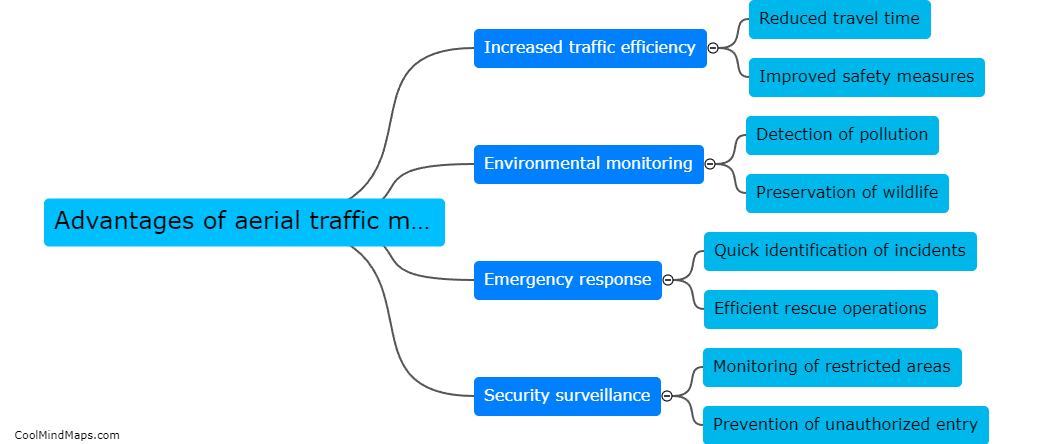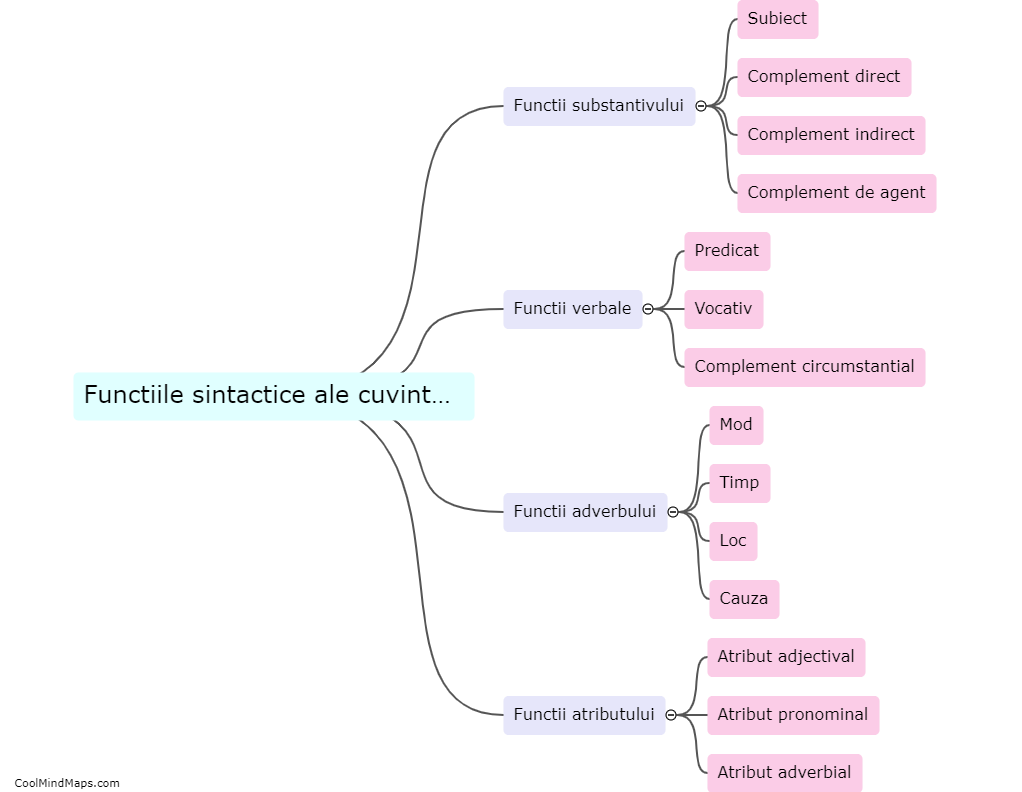What is the chemical structure of biodiesel and diesel?
Biodiesel, which is a renewable alternative to traditional diesel fuel, is chemically composed of long-chain fatty acid alkyl esters, typically derived from vegetable oils or animal fats. This chemical structure consists of a glycerol backbone with three fatty acid chains attached, forming a triglyceride molecule. Through a process known as transesterification, these triglycerides are converted into biodiesel by replacing the glycerol molecule with an alcohol such as methanol or ethanol. On the other hand, diesel fuel is composed primarily of alkanes, which are saturated hydrocarbons containing only single bonds between carbon atoms. Unlike biodiesel, which is a renewable and eco-friendly fuel source, diesel is derived from crude oil reserves and is a non-renewable resource that contributes to environmental pollution and greenhouse gas emissions.

This mind map was published on 8 May 2024 and has been viewed 94 times.











